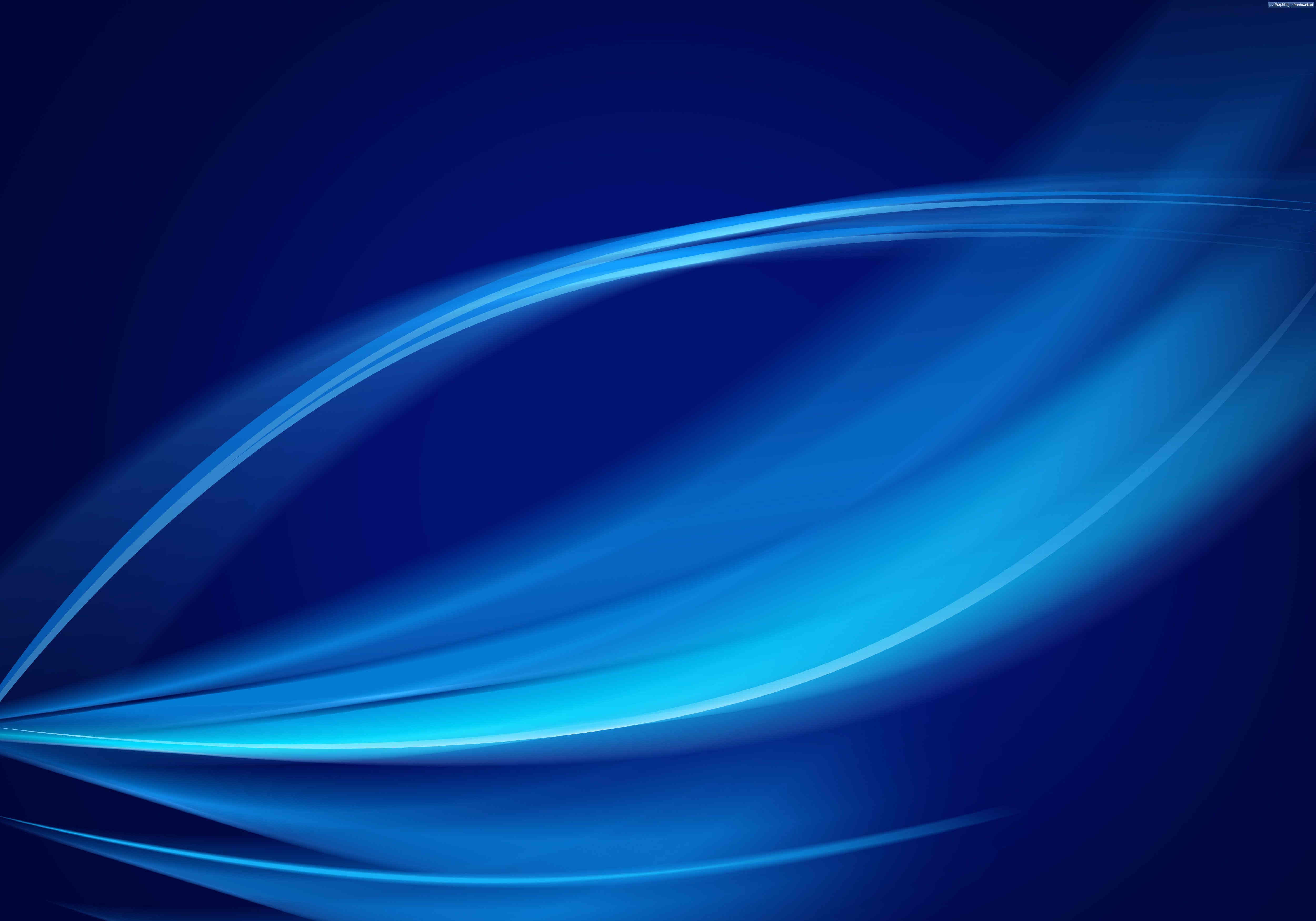
This example from Photoshop shows the differences between the original image (top left) and the image saved at three quality levels: low, medium and high. The goal of Image Optimization is to reduce your file size without reducing the quality of the image. You’re looking for the smallest file size that is visually acceptable in the proper file format. After you select a file type for an image, you can adjust the quality of the JPEG. In the example below, we have selected a JPEG file type for a photograph of cyclists on Climate Ride. In this example you can see that by selecting the JPEG file type we were able to save 398.57 kb in comparison to the original file. By selecting the JPEG file type you can often make the file sizes of your images smaller. The screenshot below was created by selecting the “4 up” tab in the Save for Web dialogue box, which allows us to look at four versions of the image at once. If you use Adobe products such as Photoshop, you can use “Export As…” or “Save for Web… (Legacy)” to preview your image saved as different file types. For images that need to support partial transparency while retaining some of the crispness of a JPG, such as a company logo, a PNG is often the correct file type.Only use type this way for decorative purposes. Just keep in mind that site crawlers and assistive technology, such as screen readers used by people with disabilities, can’t interpret type that’s been embedded into an image. For line art, illustrations, and type, use GIF or SVG.Use JPEGs for photographs and illustrations that have a lot of shading in them.Selecting the correct type of file for a particular image will often result in a smaller file size. Different file types take different approaches to reducing your file size. When you create an image and then save it, some compression happens, which means that your file gets smallers.

Read our post “ How CSS Sprites Improve Speed and Sustainability” for more information on this strategy. The CSS sprites technique combines multiple images into a single image to maximize pagespeed and minimize HTTP requests. This is useful for icons, logos, and other visual elements that are used repeatedly across your website. And most of that electricity is generated by sources that aren’t clean or renewable. In this post, we’re going to look at some basic techniques for optimizing your images to improve page performance and improve a website’s sustainability. Both the web servers that deliver content to customers and the devices that consumers use to browse the web use electricity. Simply put, pixels need power to appear on your screen. Bloated images also contribute significantly to the internet’s massive environmental impact. But images that aren’t optimized for the web can increase page load time, which frustrates users and leads to increased page abandonment rates. They can help customers feel a strong emotion or get a clear impression of a brand. People are also more likely to share blog posts with images rather than text. Images can make the content we read online easier to read. One quick and easy step that you can take to improve page speed and minimize a website’s carbon footprint is to optimize images, making them smaller and faster to load.


 0 kommentar(er)
0 kommentar(er)
